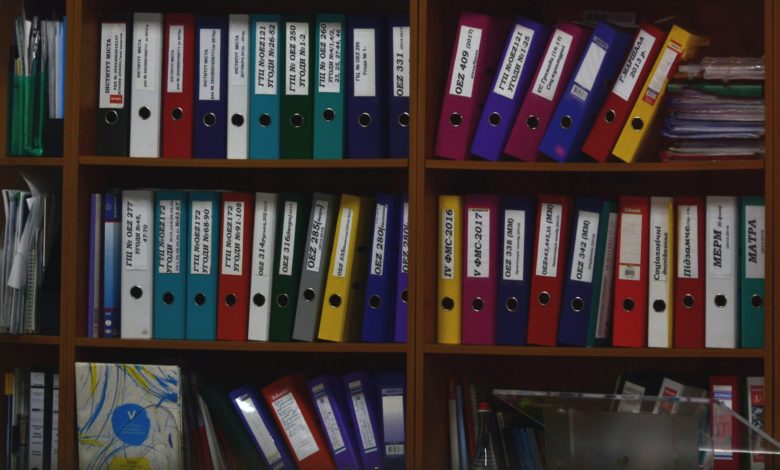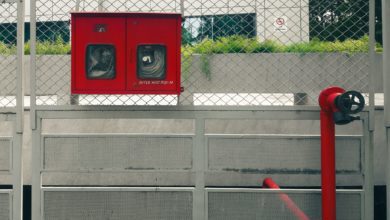How to organise your hotel’s health and safety documents
All businesses in the UK are legally and morally obliged to adhere to strict health and safety regulations. However, its important to record them in order to show that you're following the health and safety regulations

Organising your hotel’s health and safety documents is critical for ensuring that your hotel is compliant with local regulations and maintaining a safe environment for guests and staff. Here are some tips on how to organise your hotel’s health and safety documents
Develop a system
Developing a system for organising your health and safety documents can help ensure that documents are easy to find and use when needed. You can start by identifying the different areas of health and safety that are relevant to your hotel and creating separate folders or sections for each one. For example, you might have a folder for fire safety documents, another for emergency procedures, and another for accident reports. You can also consider using color-coded labels or tags to make it easier to identify different types of documents.
Keep it simple
Keeping your system simple and easy to use is key. Make sure that your folder and file names are clear and descriptive, so that anyone can quickly find the document they need. Avoid using complicated abbreviations or codes that may be confusing to others.
Store documents centrally
Storing your health and safety documents in a central location makes it easier to access them when needed. This can be a physical location, such as a dedicated room or a filing cabinet, or a digital location, such as a shared drive or cloud-based platform. Make sure that the location is secure and easily accessible to authorized staff members.
Assign responsibility
Assigning responsibility for maintaining and updating your health and safety documents can help ensure that they are accurate and up to date. This can be a specific person or team, such as a health and safety officer or operations manager. Make sure that the responsible person knows how to access and use the documents, and is aware of any changes in regulations or requirements that may affect them.
Regularly review and update
Regularly reviewing and updating your health and safety documents is important to ensure that they remain current and accurate. This can include reviewing your emergency procedures, conducting regular safety inspections, and updating your accident reporting procedures as needed. Make sure that any changes or updates are communicated to relevant staff members in a timely manner.
Make it accessible
Making your health and safety documents accessible to all staff members who need them is important. This can include providing training on how to access and use the documents, and ensuring that they are available in multiple formats, such as physical copies and digital versions. Consider using a shared drive or cloud-based platform that can be accessed from anywhere with an internet connection.
Securely dispose of old documents
Securely disposing of old health and safety documents is important to protect sensitive information and maintain privacy. Make sure that physical documents are shredded or disposed of in a secure manner, and that digital files are securely deleted. Make sure that you keep copies of any important documents for the required amount of time, as dictated by local regulations.
By following these tips, you will be able to provide the necessary documents during a health and safety inspection.








